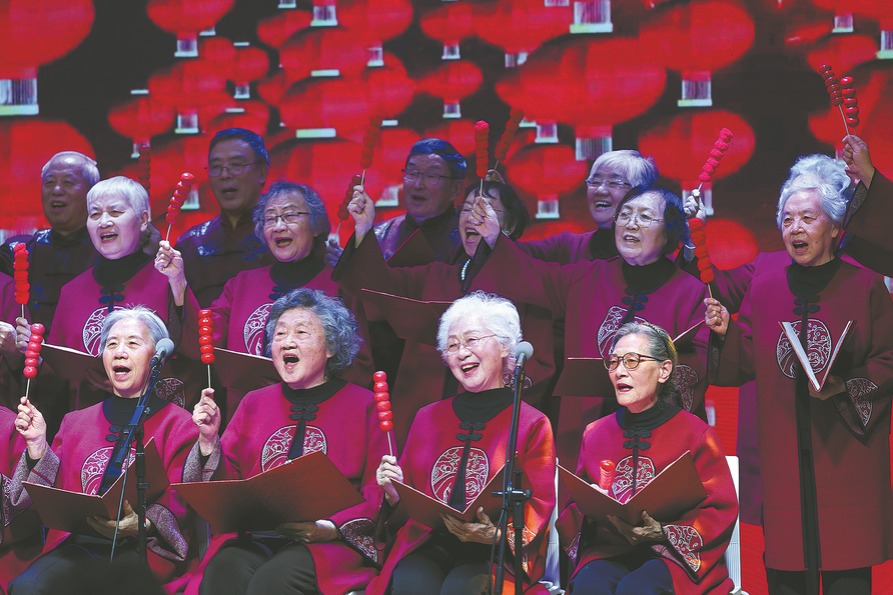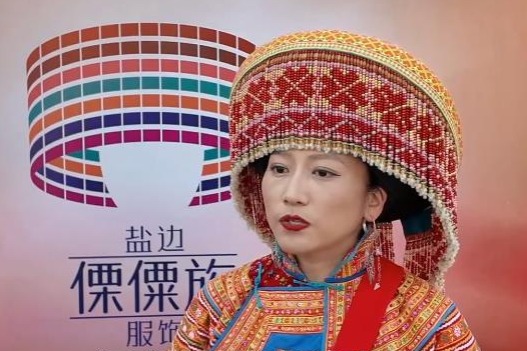Nature's beauty treatment
Utilizing yak milk and other local elements, Tibetan soap-maker builds a brand, empowers women, and vitalizes rural economy, Yang Feiyue reports.


One of Niu's proudest achievements has been the positive effect on the lives of the Tibetan women who work in the workshop.
"Many of them were initially shy and unsure of themselves," she admits.
"But through their work, they've gained confidence and creativity. Some even suggest new ideas, like incorporating more local elements into our designs."
Duoyang, who joined Yakma more than five years ago, says it feels great to get recognition from people around her.
"I never had a chance to share my ideas before, but here I have been able to show my initiative and creativity," says the woman in her 30s.
Caogaji, in her 40s, has been in charge of making soap packages for several years at Yakma. "I have time on my hands and I'd like to help bring in extra money for my family," she explains the reasons behind her joining in.
"Plus, I now have a fulfilling life because of the project," she adds.
To date, Yakma products have gained recognition in China. Over the past year, the brand has seen a 40-percent growth in sales, driven by increasing demand for safe, natural and sustainable products.
"Consumers today care deeply about quality, health, and the environment," Niu notes.
"They want to know the ingredients and how they benefit their skin. This aligns perfectly with our mission," she says.
Niu says she and the team will integrate more Tibetan cultural elements into Yakma products, and find more connection points between traditional cultures and modern consumer needs.
For Niu, Yakma is more than a business: It's a bridge between urban and rural China.
"Many people think rural areas are backward, but I believe they hold untapped potential," she says.
"We need to return to our roots and discover the treasures hidden in our hometowns."
Niu's advice for young entrepreneurs from rural areas is to "start with what your hometown has to offer, understand its resources and culture, and then find a way to connect them to the market".




































